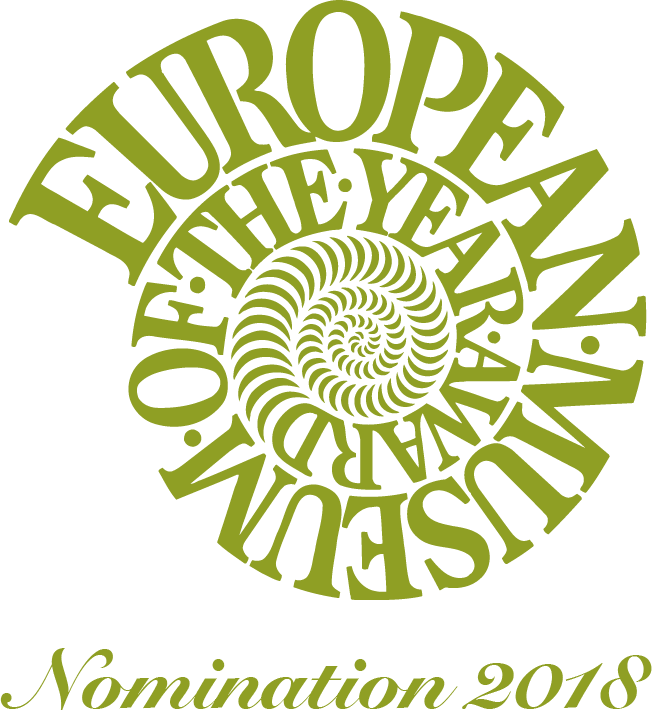Today, the artistic director of the Museu Carmen Thyssen Andorra, Guillermo Cervera, dedicates his speech to the English “painter of light” William Turner, through his work “El Redentore y Giudecca Venecia“, 1833 – 1840, which is part of the Carmen Thyssen-Bornemisza’s collection.
Light, whose function in painting is multiple and indispensable, is a component that artists have treated and approached in different ways over the centuries. Artificial or natural, symbolic or as a medium to reflect reality, it is at the origin of the blossoming of the greatest masters of painting, and thus of the most famous works in the history of art.
From medieval works with golden backgrounds, Da Vinci and his sfumato technique, Caravaggio and his mastery of chiaroscuro, to interior scenes with black backgrounds by Vermeer or Joaquín Sorolla and his work in the open air, it is clear that this multi-faceted element is at the heart of artistic concerns.
Another “painter of light” would be Joseph Mallord William Turner, better known as William Turner, a British painter and watercolourist born on 23 April 1775 and died on 19 December 1851. A true vocation for this representative of Romanticism, he began drawing as a child and exhibited his very first creations in his father’s shop window. Pushed along this path by his entourage, he finally entered the Royal Academy, where he received an academic training. Nevertheless, his style evolves throughout his career, each time bringing him a little more towards the work of light and colour and provoking in his works the dissolution of forms, creating an almost dreamlike impression.
The elaboration of outdoor sketches and then the making in the studio, allows the artist to play with contrasts, thanks to his impressive memory of colours, to illustrate his topographic landscapes and seascapes, themes in which he will be a specialist.
As a major interpreter of tonalities, William Turner will explore throughout his life the representation and subjective power of colour. His aesthetic research eventually made him one of the precursors of the Impressionist movement and, later, of lyrical abstraction.


